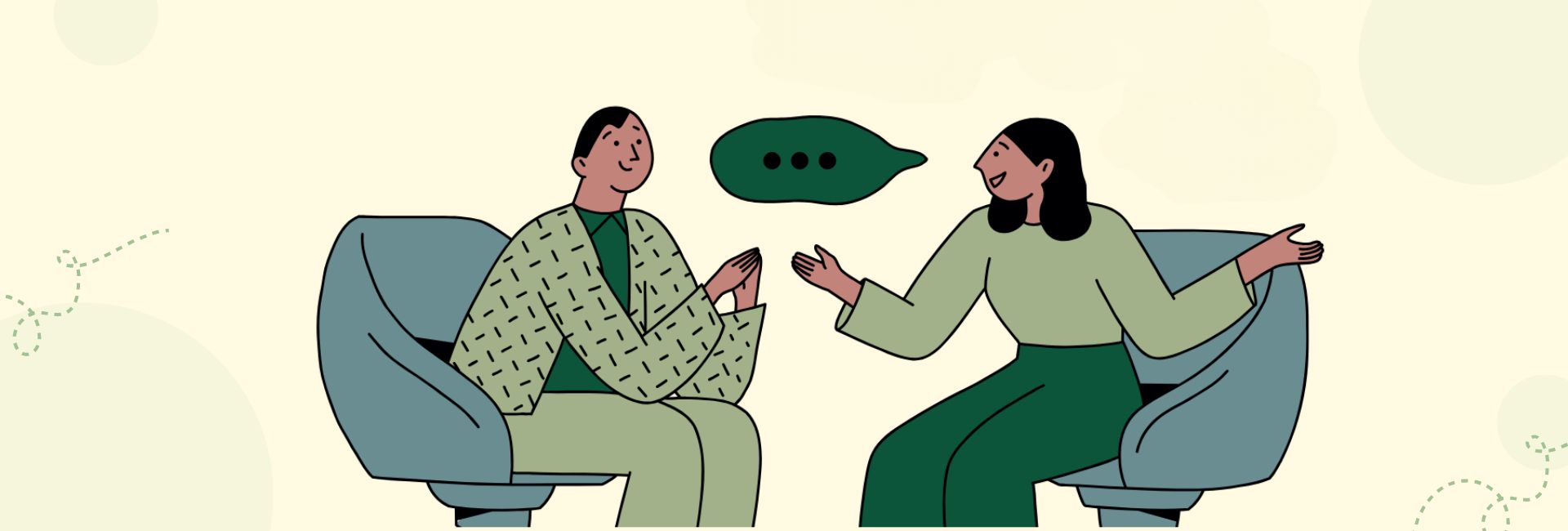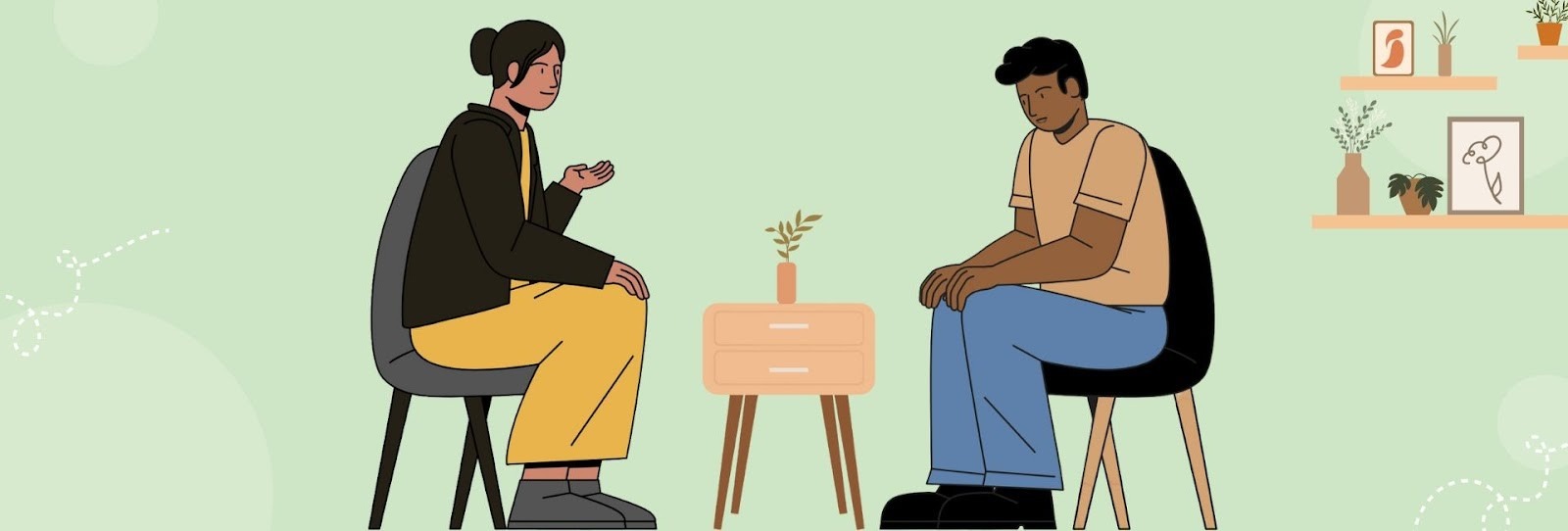Person-centered therapy, also known as client-centered therapy, is a humanistic approach developed by psychologist Carl Rogers in the 1940s and 1950s. This therapeutic approach places emphasis on the individual’s subjective experience and promotes self-discovery, personal growth, and emotional healing. It is based on the belief that individuals have the innate capacity for self-understanding and self-direction. Here, we explore some of the key techniques used in person-centered therapy.
1. Active Listening
Active listening is a fundamental technique in person-centered therapy. Therapists use this skill to fully understand and engage with the client’s thoughts and feelings. By reflecting back what the client has expressed, therapists create a safe space for individuals to explore their emotions and thoughts without fear of judgment. This technique fosters a deeper connection and encourages clients to open up about their experiences.
2. Empathy
Empathy is at the heart of person-centered therapy. Therapists strive to understand the client’s feelings from their perspective, acknowledging their emotions and experiences as valid. This empathetic understanding helps clients feel heard and valued, which can enhance their self-esteem and encourage personal growth.
3. Unconditional Positive Regard
Unconditional positive regard refers to accepting and valuing the client without judgment. Therapists create an environment where clients feel safe to express themselves without fear of criticism. This acceptance fosters a sense of belonging and encourages clients to explore their thoughts and feelings more freely.
4. Reflection
Reflection is a technique where the therapist mirrors the client’s emotions and thoughts back to them. This helps clients gain insight into their feelings and encourages deeper exploration of their issues. Through reflection, clients can see their experiences from a different perspective, which can lead to new realisations and personal growth.
5. Self-Exploration
Person-centered therapy encourages self-exploration, allowing clients to delve into their thoughts, feelings, and experiences. Therapists facilitate this exploration by asking open-ended questions that promote self-reflection. This technique empowers clients to take ownership of their healing journey and identify their own solutions.
Conclusion
Person-centered therapy techniques are designed to create a supportive and non-judgmental environment that fosters self-discovery and emotional healing. By utilising active listening, empathy, unconditional positive regard, reflection, and self-exploration, therapists help clients navigate their thoughts and feelings effectively. This approach emphasises the importance of the therapeutic relationship and the individual’s capacity for self-directed growth. For those seeking to enhance their understanding of these techniques, resources like Untangle can provide valuable insights into person centered psychotherapy practices.


